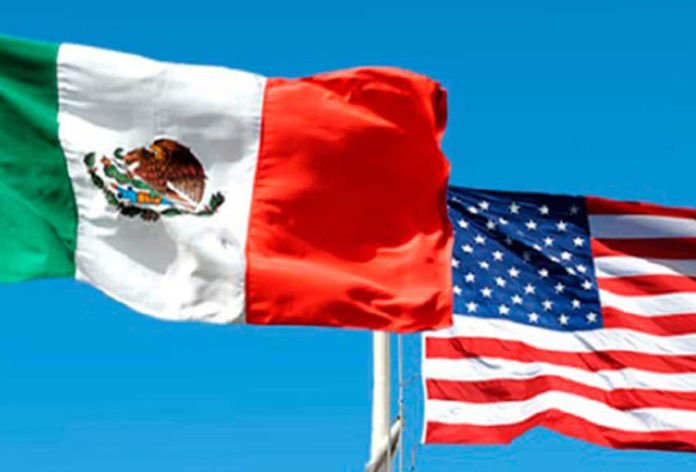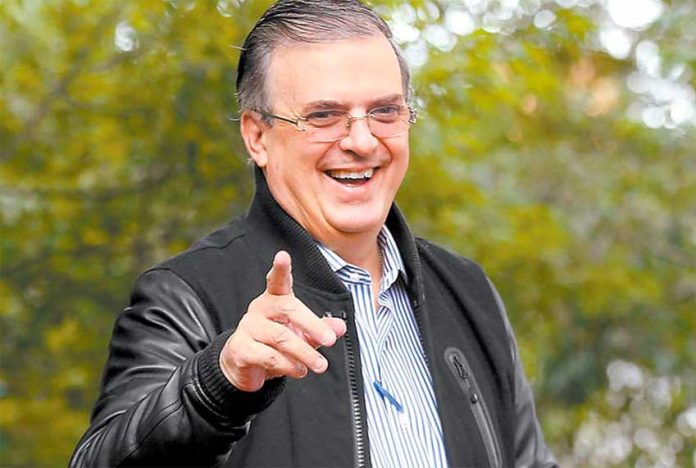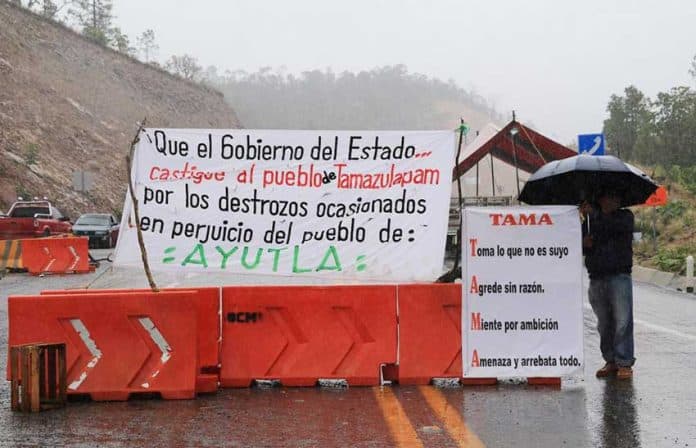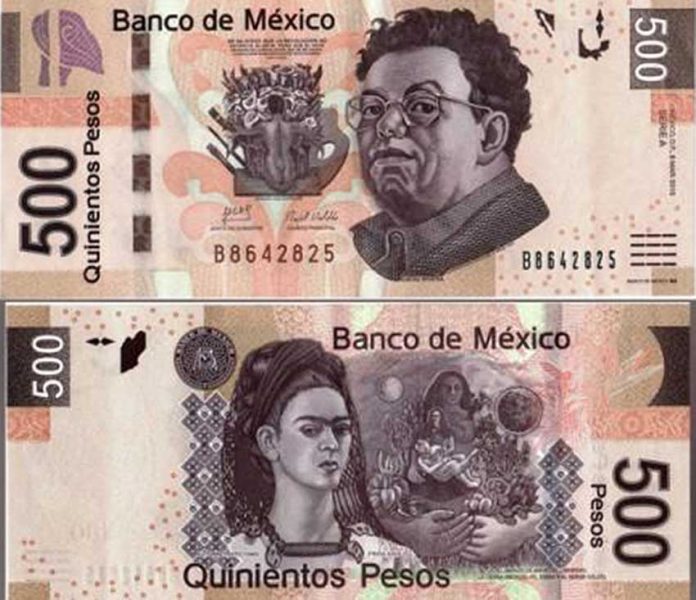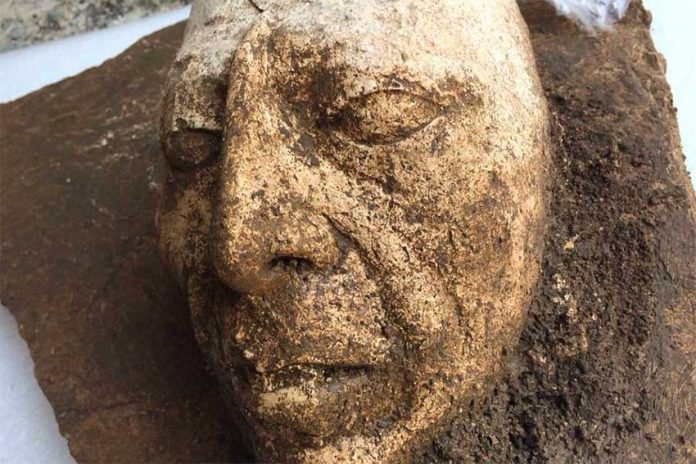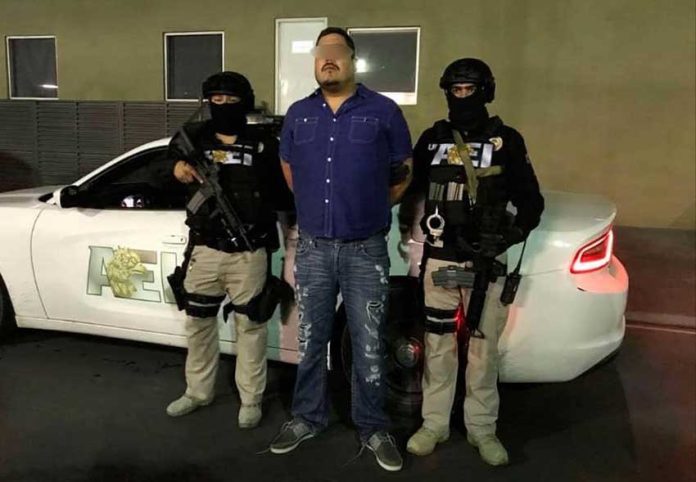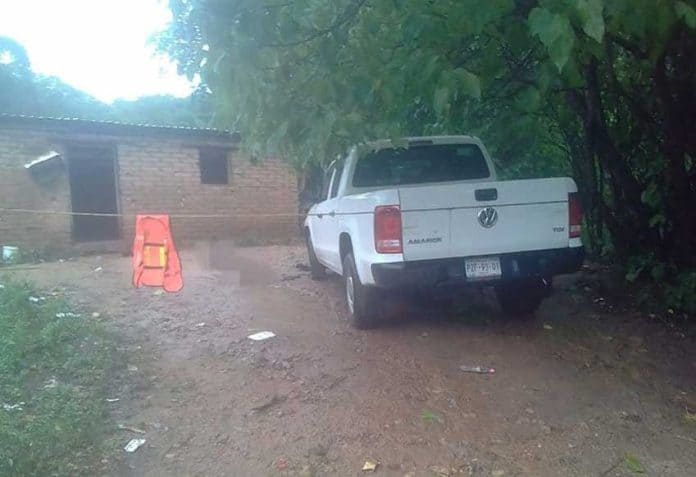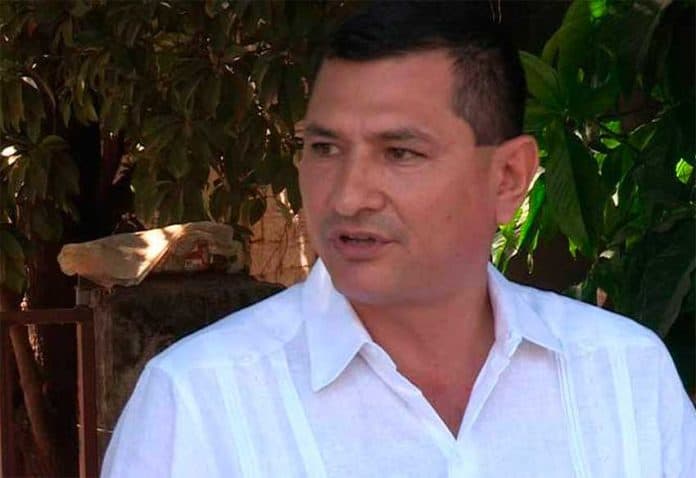Mexico and the United States have reached a new trade agreement that could exclude Canada, U.S. President Donald Trump said today, but Mexican President Enrique Peña Nieto stressed his wish for the deal to remain trilateral.
“They used to call it NAFTA. We’re going to call it the United States-Mexico trade agreement. We’ll get rid of the name NAFTA,” Trump told reporters, charging that the name has a “bad connotation because the United States was hurt very badly by NAFTA for many years.”
The U.S. president hailed the agreement as “a big day for trade” and described it as “an incredible deal for both parties.”
Mexican and United States officials, who have engaged in talks in Washington D.C. for the last five weeks, have maintained that once outstanding issues between the two countries were resolved, Canada would rejoin the talks in order to renew NAFTA as a three-way accord.
But today Trump cast some doubt on that eventuality, stating “we could have a separate deal [with Canada] or we could put it into this deal.”
Nevertheless, the U.S. president said he would speak with Canadian Prime Minister Justin Trudeau “in a little while” and that he hoped to begin negotiations with him “almost immediately.”
However, he also threatened that it would be easier to put tariffs on Canadian cars rather than to include Canada in the pact with Mexico.
Some analysts suggested that adopting a “we’ll see” attitude on whether Canada will join the agreement is a strategy designed to pressure its northern neighbor in future negotiations.
In a telephone call this morning, Peña Nieto told Trump through a translator that Mexico wanted to maintain a trilateral deal.
“It is our wish, Mr. President, that now Canada will also be able to be incorporated in all this. I assume that they are going to carry out negotiations of the sensitive bilateral issues between Canada and the United States,” he said.
In a post to Twitter earlier today, Peña Nieto wrote that he had spoken with Trudeau about the progress made by Mexico and the United States on NAFTA, adding “I expressed to him the importance of his reinstatement in the process, with the aim of concluding a trilateral renegotiation this week.”
According to one U.S. trade official, the agreement between Mexico and the United States would require 75% of auto content to be made in the NAFTA region to qualify for tariff-free status, while another official said that 40% to 45% of content would have to be made by workers earning at least US $16 per hour.
The so-called sunset clause that would see the trade pact automatically expire if it is not renegotiated every five years will not be part of the new deal, replaced instead with a “review” every six years, while United States Trade Representative Robert Lighthizer said the agreement with Mexico would last 16 years but could be extended with a new 16-year deadline every six years.
He also said the agreement would soften but not eliminate dispute mechanism rules.
Ahead of Trump’s remarks, the Mexican peso rose while stocks in Mexico, the United States and Canada all made gains in anticipation of of the new deal.
The announcement of the accord between Mexico and the United States is the biggest development in renegotiation talks that have dragged on for more than a year amid repeated threats by Trump to terminate the deal.
Other issues, including the imposition of metal tariffs on both U.S. neighbors and Trump’s often aggressive rhetoric towards Mexico, also complicated the renegotiation process.
This morning, Economy Secretary Ildefonso Guajardo said there is still one difference to iron out but declined to identify it.
Trump is expected to send formal notice to the United States Congress of his intention to sign the new deal within 90 days, which would give Peña Nieto enough time to sign the agreement before he leaves office at the end of November.
It is unclear how soon trilateral meetings could be held if the United States agrees to pursue a three-way accord, with Canada’s foreign minister and chief NAFTA negotiator Chrystia Freeland in Europe this week.
But in another Twitter post today Peña Nieto again stressed his desire to “achieve a successful trilateral negotiation of NAFTA this very week.”
Source: El Financiero (sp), Bloomberg (en), Reuters (en)
